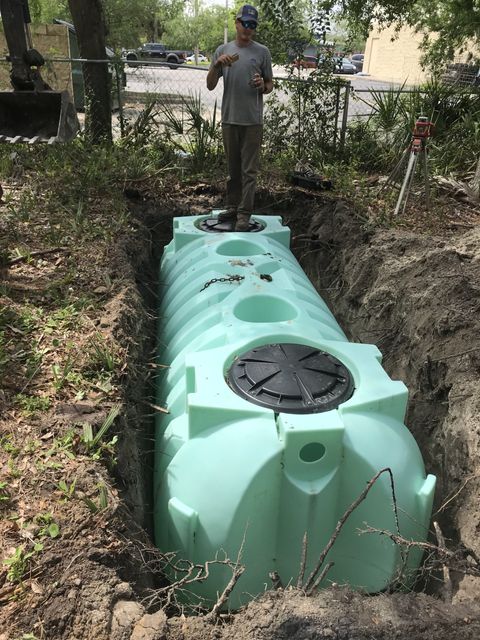Locating Your Septic System
Locating Your Septic System
In order to maintain your system, the tank needs to be accessible for pumping and the drainfield should be protected. Locating your system is not always an easy task. If you do not already have one, contact your county health department for a copy of your septic system permit, which will indicate the approximate location of the system and the size of the tank. The completed permit may have a diagram of the actual system installation and include other information about your system. Keep your permit for future reference and to pass on to the next homeowner.
- Make a sketch locating your septic tank and drainfield (the trenches or bed) in relation to surrounding reference points. Begin by sketching your house, driveway, water well, and other landscape features such as trees or fences.
- A good starting point for finding the exact location of the tank is to look to see the direction in which the house sewer pipe enters the soil. Then, gently push a thin (3/8-1/2 inch diameter) steel rod into the soil about 5-10 feet away from the house to feel for the tank. Of course, you should first call local utility companies to make sure there are not any underground utilities (such as buried electrical cables) in the area.
- When you have your septic tank pumped, measure and record the distance from the house to the access port on the tank. You may want to have the access manhole extended up to just below ground level and marked clearly with a stake, rock, or bird bath. This will help you find it again.


